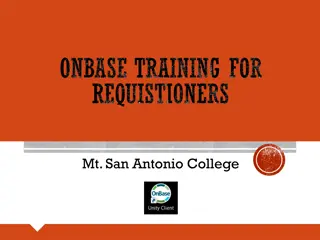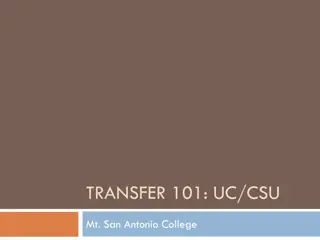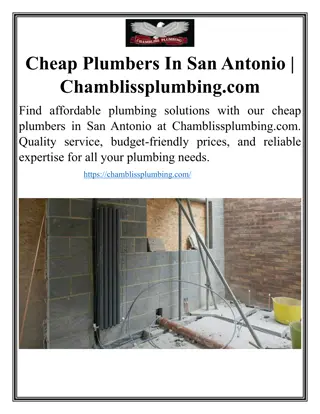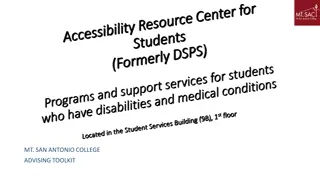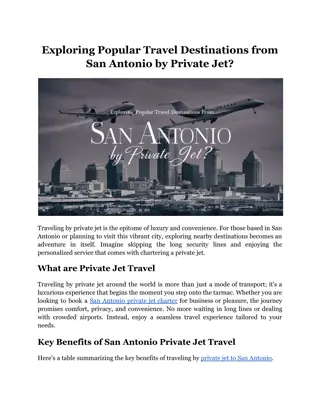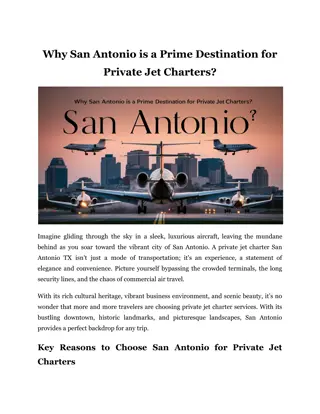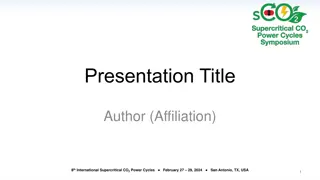OnBase Training for Requistioners at Mt. San Antonio College
The On Base Unity Client at Mt. SAC is an Enterprise Content Management system used for storing, scanning, and retrieving documents, aiming for a paperless environment to enhance efficiency and processes. Topics include importing, indexing, retrieval, appending, and cross-referencing documents, along with logging in and out instructions.
Download Presentation

Please find below an Image/Link to download the presentation.
The content on the website is provided AS IS for your information and personal use only. It may not be sold, licensed, or shared on other websites without obtaining consent from the author.If you encounter any issues during the download, it is possible that the publisher has removed the file from their server.
You are allowed to download the files provided on this website for personal or commercial use, subject to the condition that they are used lawfully. All files are the property of their respective owners.
The content on the website is provided AS IS for your information and personal use only. It may not be sold, licensed, or shared on other websites without obtaining consent from the author.
E N D
Presentation Transcript
CE 34500 Transportation Engineering Chapter 15: Geometric Design of Highway Facilities 1
Geometric Design Geometric Design consists of four major components: Roadway Cross Section Vertical Alignment Horizontal Alignment Roadside Area
Geometric Design A Policy on Geometric Design of Highways And Streets (AASHTO) o 6th Ed. (2011) Referred to as the Green Book
Highway Design Factors Influencing Design o Functional classification o Expected traffic volume and vehicle mix o Design speed o Design vehicle o Topography of the area in which highway will be located o Vehicles on steep grades o Level of service to be provided o Available funds o Safety o Social and environmental factors
Functional Classification Principal arterials Minor arterials Major collectors Minor collectors Local roads and streets
Highway Design Standards Design Hourly Volume (DHV)
Highway Design Standards Design Speed
Highway Design Standards Design Speed
Design Criteria 19 Standard AASHTO Design Vehicles Interstate Semi-Trailer WB-67 (WB-20)
Design Criteria Design Vehicles o Where parking lots are the main traffic generators: passenger car o Design of intersection at local streets and park roads: SU truck o Intersection of state highway and city streets that serve buses but few trucks: city transit bus o Intersections on collector streets and other facilities utilized by single trucks: 3-axle truck
Cross Section Elements Width of Travel Lanes o 9 to 12 ft. for all types of roadways o 12 ft. for rural arterials o 9 ft. only for very low volume urban roadways with narrow right-of-way Shoulders o Provide area for vehicles to stop when necessary o 2 ft. to 12 ft. width o 10 ft. width (preferably 12 ft.) on roadways with high truck volumes o 4ft. min. width if used by peds. / bikes o 2 ft. width only on lowest types of highways
Cross Section Elements Medians o Separate opposing lanes o Provide recovery area & emergency stopping area for vehicles o Provide refuge area for pedestrians o Can be raised, flush or depressed o Raised medians control left turn traffic in urban areas o Widths from 4 ft to 80 ft. or more
Cross Section Elements Roadside Barriers o Protect vehicles from hazardous obstacles, steep slopes, etc Median Barriers o Prevent errant vehicles from crossing area separating traveled ways for traffic in opposite directions Curbs and Gutters o Used in urban areas to delineate pavement edges & sidewalks, to control access, to control drainage, etc.
Cross Section Elements Sidewalks o Provide area separate from roadway for pedestrians o Must be designed to accommodate disabled individuals (American with Disabilities Act--ADA) Roadway Cross Slopes o 1.5% to 2% for paved roadways to drain water off roadway surface Roadside Earth Slopes o Embankment slopes can be traversed safely by errant vehicles if flatter that 1V:4H o Embankment & excavation slopes have major effect on grading volumes
Cross Section Elements Right-of-way o Width sufficient to accommodate all cross section elements, future widening, etc
Example 15.1 A crest vertical curve is to be designed to join a +3% grade with a - 2% grade at a section of a two-lane highway. Determine the minimum length of the curve if the design speed of the highway is 60 mph, S<L, and a perception-reaction time of 2.5 sec. The deceleration rate for braking (a) is 11.2 ft/sec2. ?2 ? 32.2 ??? = 1.47 ? ?+ 30 ? ?min = ??2 2158 ??? ? < ? ????= 2? 2158 ??? ? > ? ?
Example 15.2 An existing vertical curve on a highway joins a +4.4% grade with a -4.4% grade. If the length of the curve is 275 ft, what is the maximum safety speed on this curve? What speed should be posted if 5 mph increments are used? Assume a= 11.2 ft/sec2, perception-reaction time = 2.5 sec, and S<L.











